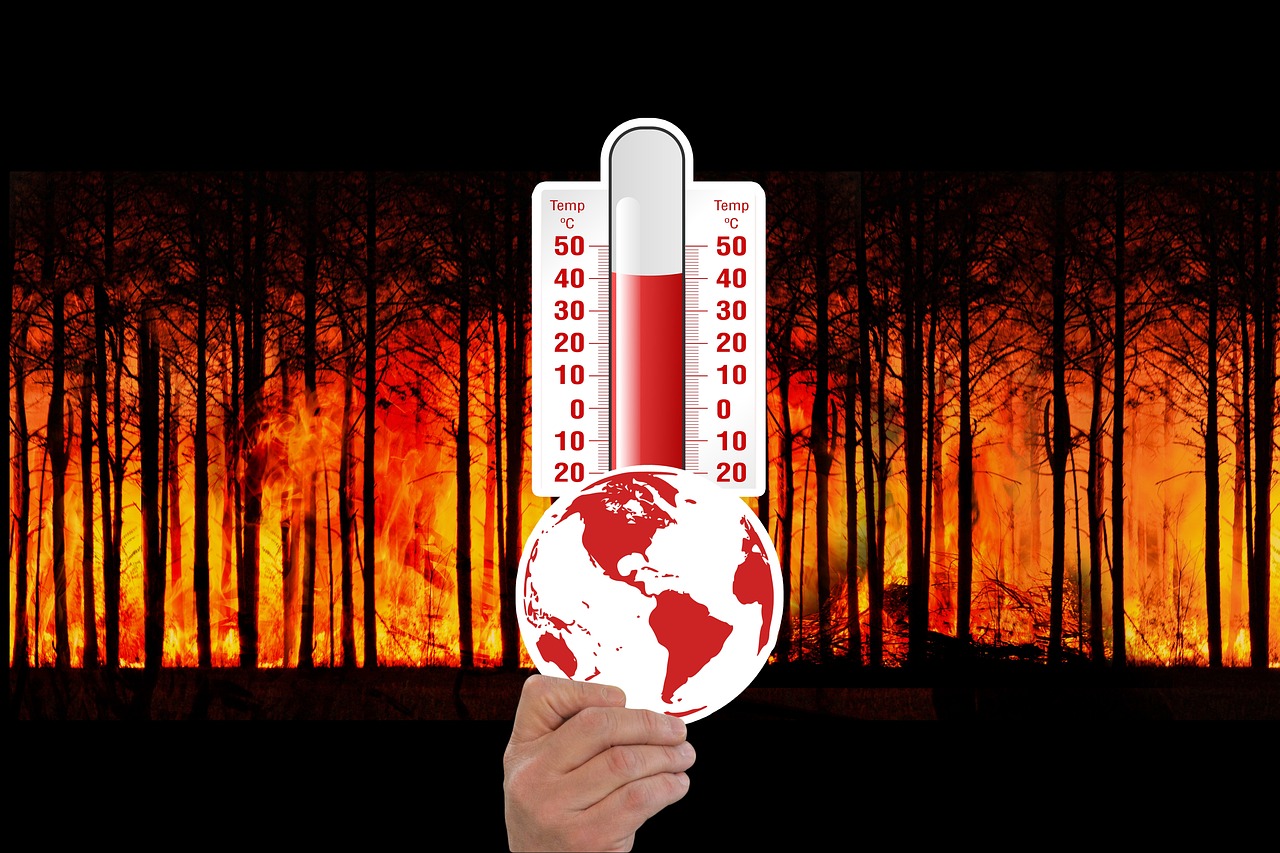Dryad Networks is using its vast experience in IT, electronics and telecommunications to solve the very real and devastating problem of wildfires. Using a large-scale IoT network of solar-powered sensors to detect and locate wildfires, Dryad’s Silvanet system ensures that wildfires are detected and tackled before they take hold. The sensors not only detect the fire before it spreads, they also pinpoint the exact location enabling response teams to arrive on site much faster.
There is no escaping it: The acceleration of climate change is increasing the incidence of wildfires. Each year, the length of the fire season extends, and more regions are impacted, resulting in tragic loss of life, billions in economic damage and catastrophic contributions to a global CO2 emissions crisis.
Traditional detection and management have worked heroically for many years but the need for faster and more advanced wildfire detection methods has never been more evident. It’s also clear that it’s time for a radical new approach.
Enter Dryad, which has introduced the ultimate low-cost solution that “smells” outdoor fires at the earliest possible stage. With potentially millions of sensors able to be deployed across millions of acres of forest to provide ultra-early detection, first responders will be able to identify, stop and contain fires before they become catastrophic.
This is the first change in wildfire detection in over 50 years and signals a new era in the fight against the devastation caused by these fires.
Traditional methods of fire detection in high-risk areas include wildfire cameras, watch towers and satellites, which have all played their part in detecting wildfires and will continue to do so. The problem is that none of these can detect a fire until it is already well underway. Indeed, usually when it has penetrated the tree canopy – at which point it has already taken hold and needs a massive response to get it under control.
Silvanet – How it works
Dryad’s solar-powered sensors detect very small and subtle changes in the environment, such as increased levels of certain gases or organic compounds – if you like, they “sniff” the changes out. Embedded artificial intelligence (AI) enables the sensors to discern between real fire threats and potential false positives. In the event of a fire ignition, real-time alerts are generated to notify authorities, ensuring a rapid response.
Early detection facilitates faster response and evacuation during a wildfire. The difference in the damage a fire can cause for every ten minutes it remains undetected is staggering. Sensor networks cover large areas, providing comprehensive and highly scalable fire monitoring. AI-supported sensors reduce false alarms, enhancing the reliability of fire detection. Continuous monitoring and data analysis improve fire prevention and resource allocation.
By detecting fire threats within minutes, sensors provide a crucial window of opportunity for firefighters to get to where they need to be as quickly as possible. By pinpointing exactly where the fire started (based on which sensor or sensors triggered), most fires are able to be extinguished safely and easily and – crucially – are not able to spread out of control.
If we want to slow climate change, we can’t just contain wildfires, we need to extinguish them earlier. Wildfires are one of the leading carbon pollutants. And climate change is making the problem worse. Frustratingly, the relationship between wildfires and climate change creates a vicious cycle where fires, once ignited, contribute back to climate change, which increases the likelihood of fires and so it continues.
UK application
While it may seem large scale fires are the problem of Australia, Canada, or hot dry European countries, they are also a threat in the UK.
In September this year, Dryad announced its collaboration with the National Trust, installing 50 ‘ultra-early’ wildfire detection sensors on Marsden Moor in West Yorkshire. The moor is a site of special scientific interest and a habitat for rare birds and plants. In recent years, fires on the moor have caused devastation to the landscape. One catastrophic fire, in April 2019, damaged 700 hectares of moorland and took four days to extinguish. It’s estimated that it caused £500,000 worth of damage. A later fire in 2021 needed over 100 firefighters to tackle it – costing thousands and putting lives at risk.
Now, Dryad’s Silvanet sensors are installed on fence posts on the moor and will detect changes in the atmosphere and send alerts to staff within minutes, reducing the response time and lessening the risk of damage to the landscape, its flora and fauna.
This is the first application of the disruptive technology from Dryad within the UK but the devastating wildfires across Europe this summer should be a wakeup call that all countries need to be prepared to do more to combat the potential of more frequent and more devastating large-scale fires. Dryad is hoping that the National Trust’s installation will act as a catalyst for landowners and public bodies to take action to mitigate their own wildfire risk and reduce the costs of firefighting, through ultra-early detection.
Carsten Brinkschulte, CEO of Dryad, says: “Time is everything when it comes to managing wildfires and our technology gives firefighters the earliest, most reliable warning coupled with an exact location. Therefore, our aim is to give firefighters the best chance of extinguishing a blaze before it gets out of control and, subsequently, protect the world’s vital forests, making wildfires and their devastating effects a thing of the past.”
ABOUT DRYAD
Dryad provides ultra-early detection of wildfires as well as health and growth-monitoring of forests using solar-powered gas sensors in a large-scale IoT sensor network. Dryad aims to reduce unwanted wildfires, which cause up to 20% of global CO2 emissions and have a devastating impact on biodiversity. By 2030, Dryad aims to prevent 3.9m hectares of forest from burning, preventing 1.7bn tonnes of CO2 emissions.
Website: https://www.dryad.net/
Social:
https://www.facebook.com/dryadnetworks/
https://twitter.com/DryadNetworks
https://www.linkedin.com/company/dryadnetworks/
